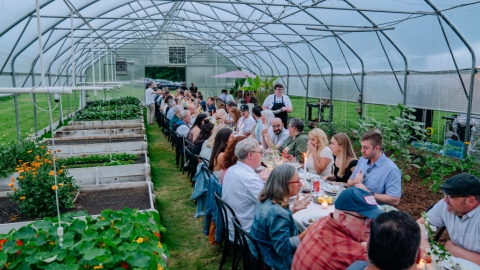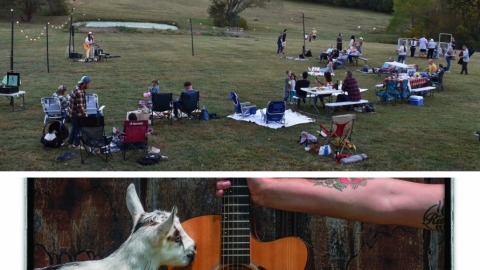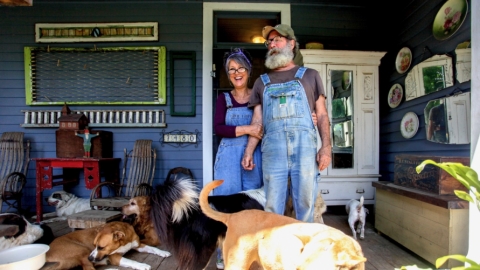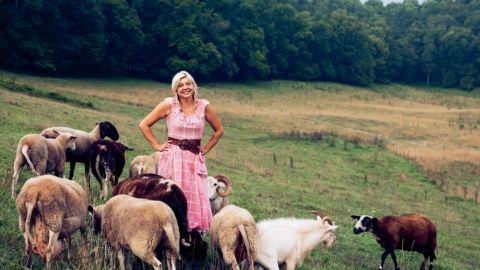Steward of the Land at Big East Fork Farm
When Ivy League–trained urological pathologist Jonathan Oppenheimer sold his company 12 years ago, the corporate buyer couldn’t understand how anyone could turn down the lucrative position of CEO. But trading the C-suite for life on 1,200 acres in Leiper’s Fork, a stone’s throw from the Natchez Trace, was the best decision Oppenheimer ever made.
“We're in a commercial culture. People like buying things. But it's more enjoyable making that, than buying that,” says Oppenheimer, who is now determined to share the life-changing experience of nature, creeks, trees and animals on Big East Fork Farm, which is open to overnight guests but not to day visitors.
“People come here because you can't get this in the city. You can't get a rural, agrarian experience in the city. Everything is here. My favorite days are when I never leave the valley.”
In this retreat where agriculture balances with unspoiled land, a modern inn can accommodate a large family reunion while small, rustic cottages can host romantic stay-cations. Contrary to the prevailing online reservation culture, arranging a stay at Big East Fork is a very human process, as Oppenheimer prefers to contact guests personally to confirm details.
"You don't come here to get converted, but hopefully you are." In his mind, charming downtown Leiper’s Fork is the gateway to an authentic, rural lifestyle. But he wants to help people get even closer to the earth and to the essential stewardship of farming and preserving the land.
“Where do people spend their most time here? Where do they take the most pictures? With the pigs! Everyone wants a selfie with the cow,” says Oppenheimer. “No one gets to see cows and pigs anymore, and they don't even know it until they see it. They are dying for it."
He leases land to some half-dozen farmers who practice regenerative techniques that build up the soil while growing nutrient-dense food. Meanwhile, he and his wife, Lee, run the nonprofit Center for Sustainable Stewardship, dedicated to cultivating the next generation of stewards.
In addition, Jonathan spearheads the Big East Fork Agrihood Association, a constellation of caretakers consisting of neighbors and nonprofits, owners and renters, farmers and visitors, all of whom are dedicated to the unspoiled sylvan serenity that is Big East Fork, the pristine, spring-fed creek and its eponymous valley.
Here, among grass-munching cows and free-roaming chickens, visitors find a portal to an earlier time—days of quiet and solitude, hiking and exploring, reading in a hammock—where life moves to the rhythms of nature. Oppenheimer more than welcomes such visitors; he deems them essential to the BEFAA’s success.
But it’s not just hiking the ancient hills, boating on the spring-fed lake, feeding the free-roaming livestock or breathing fresh air that is so healthy. It’s the community generated when like-minded people come together to ensure that Big East Fork remains pristine in perpetuity.
“It’s an experiential process that requires introducing younger people to outdoor experiences so that they become stewards,” Oppenheimer says. “You can’t generate love or care for it through a screen. You have to get your feet wet, or your hands dirty.”
And the point of that?
“Authentic delight,” he says. “We take care of the land, so it can take care of us.”


















